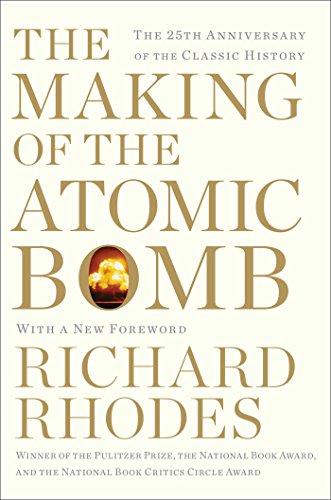 Just as a good novelist would, Richard Rhodes begins his telling of the story of the atomic bomb with character development, describing the scientific, political and military characters as they fit into the physical, intellectual and emotional spaces that take the story through its many arcs and sub-arcs, and on to its ultimate conclusion.
Just as a good novelist would, Richard Rhodes begins his telling of the story of the atomic bomb with character development, describing the scientific, political and military characters as they fit into the physical, intellectual and emotional spaces that take the story through its many arcs and sub-arcs, and on to its ultimate conclusion.
Most of the characters in The Making of the Atomic Bomb are the great physicists who demystified the atom, understood the atomic energy implications of Einstein’s Theory of Relativity, and ultimately discovered and made use of the nuclear fission of radioactive elements to create the chain reactions that can make invisible atoms create apocalyptic nightmares and, for that matter, useful sources of peaceful energy.
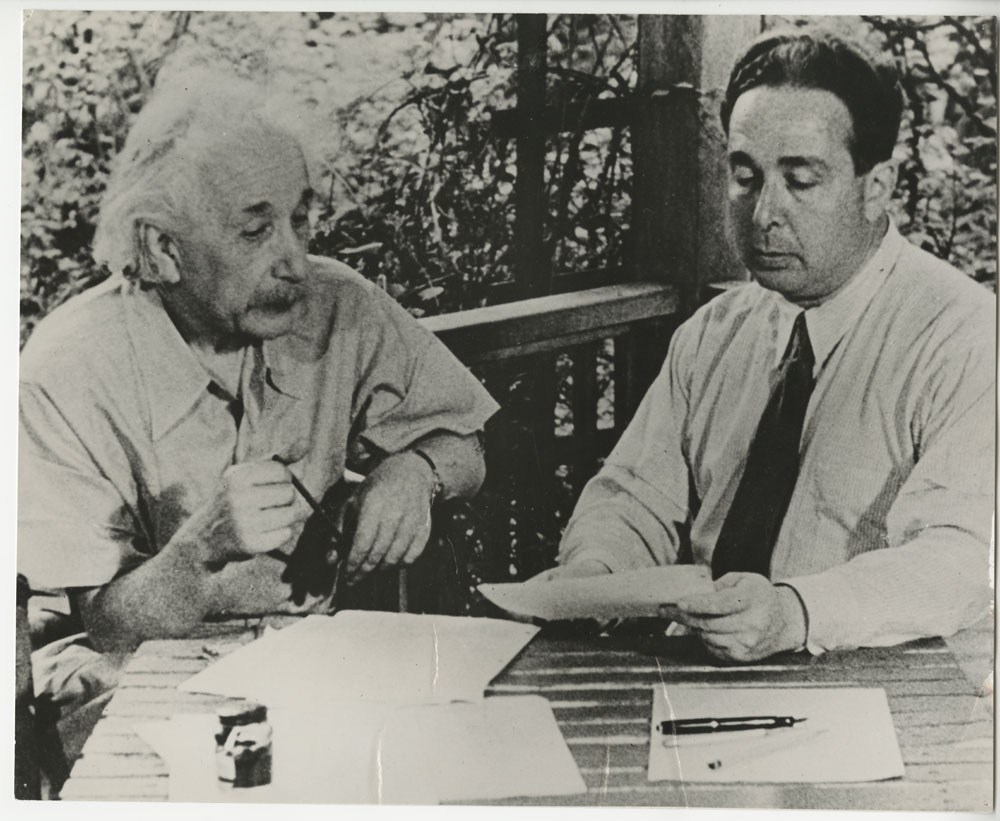
The physicists are too numerous to name in this note, but their circumstances led the key players to join the Manhattan Project team that developed the first atomic weapons. Research, development, and engineering was located primarily at the laboratory in the desert at White Sands, New Mexico that was created and led by American physicist J. Robert Oppenheimer.
Rhodes begins the story by telling of the day when Hungarian Leo Szilard develops a resentment on hearing in 1933 that Britain’s great Ernest Rutherford (who laid out the foundational theory of the atom) had stated that it was impossible for atomic energy to be used for practical purposes. Szilard’s memory went to H.G. Wells’ new science fiction novel, “The Shape of Things To Come” which predicts useful atomic energy, and the combination led him to create the theory of a chain reaction through which atomic energy might be let loose.
At that time, the neutron, which is the key to nuclear fission, had not yet been discovered, nor had fission itself. The road to fission and chain reactions and the atomic bomb is filled with inspiring stories of these great scientists as they uncovered nature’s mysteries, learned of other discoveries, combined them, created inventions to foster them, and ultimately did the science and engineering to create the bomb.
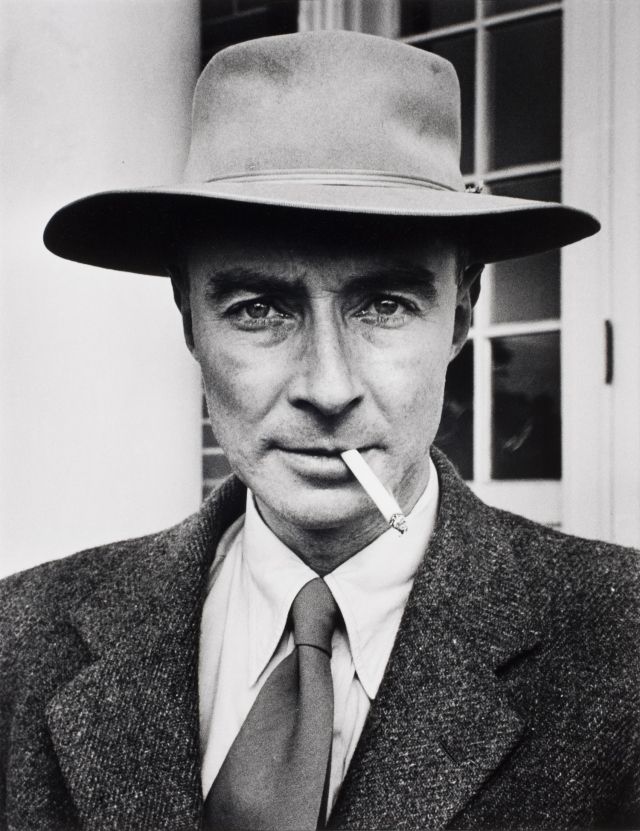
Discovery of the neutron is just one of the myriad pieces of great science that are scattered throughout the book. The scientific detail Rhodes writes of strained my knowledge of physics to where at best I could understand about 20% of it and made frequent trips to Wikipedia for clarification – which I did not always get! I had the same problem when reading John Barry’s “The Great Influenza” which takes a similar approach to the story of the 1918 flu pandemic.
Throughout the story there is a fair amount of international politics as many of these physicists were Jewish working in Germany and elsewhere in Hitler’s Europe and made the life-saving decision to move to America and Britain, including Albert Einstein who established the Institute for Advanced Studies at Princeton University. In fact, it is easy to surmise that Hitler handed his enemies the atomic bomb.
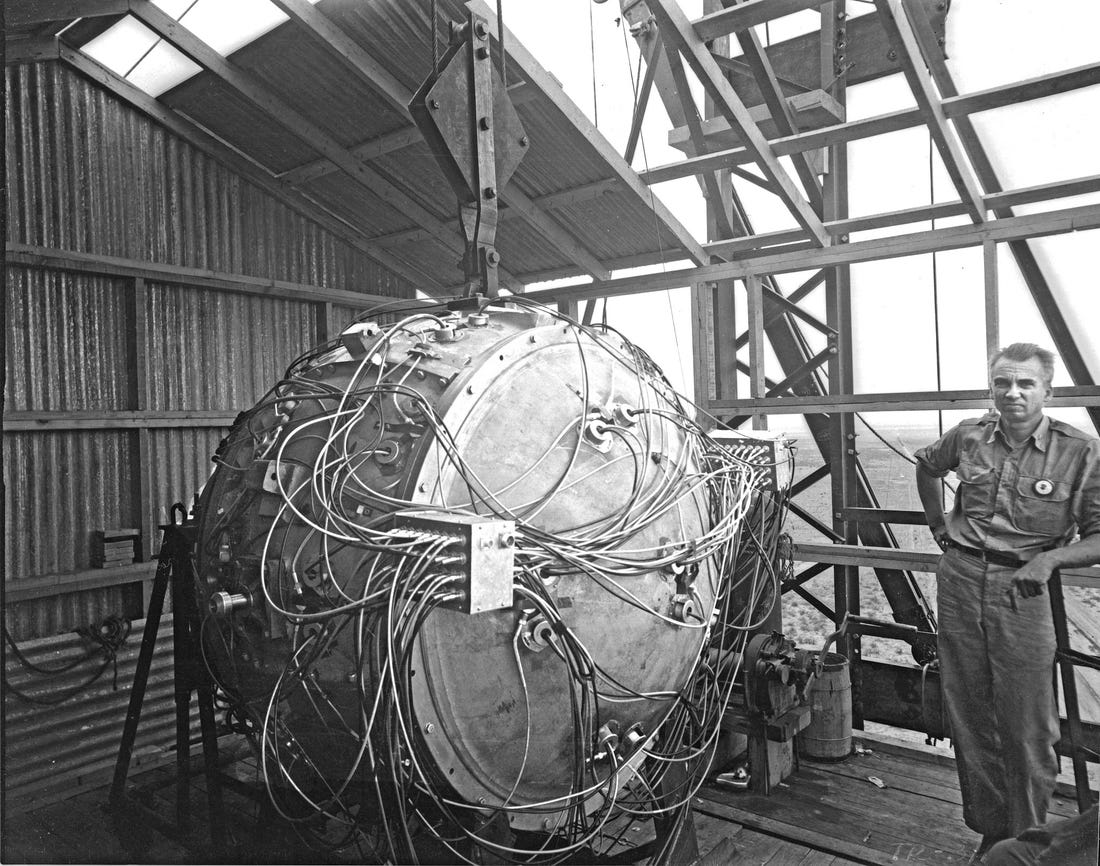
Once President Roosevelt got wind of the potential for Germany making an atomic bomb through two letters from Einstein, he put his political might behind it by creating the Manhattan Project. It’s not that things went smoothly from a bureaucratic point of view, but he gave the project unlimited funds and never informed Congress of the project or of its costs. Letting the secrets out was too risky both scientifically and politically. Even Vice President Truman was not told, which led to an incredibly surprised but quickly determined President Truman managing the actual use of the bomb, not against Germany as originally conceived, but against Japan.
Chris Wallace’s “Countdown 1945” does a good job of recounting the 116 days during which Truman made the crucial decisions that ended WWII. Both books help to explain the final military and political analyses that led to the war-ending decision to use the bomb.
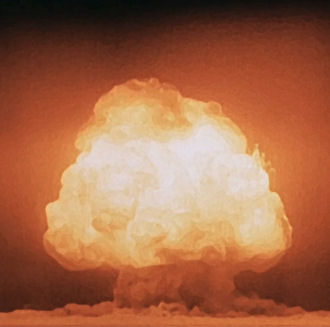
Peppered through the book are discussions among the scientists, politicians, and military people, of the morality of using such a weapon, especially if it was to be used on civilian populations. It is worth noting that incendiary bombings of Dresden and other German cities, and Tokyo and other Japanese cities had caused more deaths than the combined totals killed in Hiroshima and Nagasaki.
Rhodes also includes a discussion of what to do with the technology after the war. Could sharing it create world peace? Should the “Super” (hydrogen fusion) bomb be developed? As we all know, the result is today’s somewhat fragile Mutual Assured Destruction model for world peace.
If you care about world peace or are a WWII afficionado, you will find this book a total page-turner. I couldn’t put it down until I’d consumed all 786 pages.
Now, on to Rhodes’ successor book, Dark Sun, which recounts the creation of the hydrogen bomb and the nuclear arms race we have all been living through for years.
Recent Comments